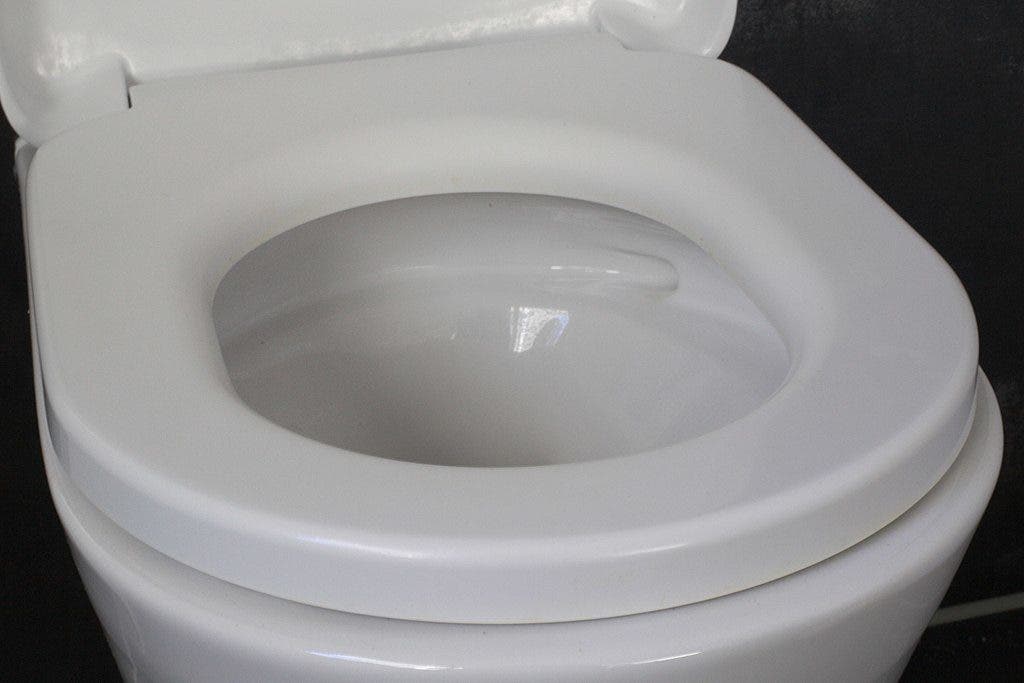With many areas across the world dealing with water scarcity, doing a better use of the resource has significant importance. Toilets alone require every day more than 141 billion liters of water per day to flush, an amount that could be reduced by 50%, according to a new study.
The coating is also more hygienic than existing products.

Researchers at Penn State, published at Nature Sustainability, developed a technology that reduces the amount of water needed to flush, estimated at six liters. It consists of a coating that can basically make a toilet self-cleaning, according to Tak-Sing Wong, the lead author.
The coating consists of a two-step spray that can be applied to a ceramic toilet bowl. The first spray is made out of molecularly grafted polymers and helps create a foundation that can repel liquids. When it dries, it grows molecules that have a very small diameter.
Then, the second spray introduces a layer of lubricant around those molecules. This creates a highly slippery surface. Studies at the lab showed that in toilets that had been applied with the spray the fecal matter slides down, not sticking to the toilet and remaining clean.
Toilets that use the spray require just a fraction of the water that they would need without the spray. Tests showed that the coating can last for about 500 flushes, then requiring a new application of the lubricant spray.
The coating only takes about five minutes to be attached to the surface of the toilet. When applied, it can repel bacteria, researchers argued, especially those that can spread infectious diseases and smelly odors.
Researchers argued that adopting the technology on a wide scale in the United States would allow using the water not used in areas affected by droughts or in regions that are experiencing water scarcity. Another advantage for the developing world is that the spray could even be used in waterless toilets, in areas with extreme water scarcity (or toilet scarcity).
If the spray would be used on waterless toilets or urinals, it would have a widerspread use and would be more appealing, researchers argued. In order to expand its use around the world, Wong and his team started a start-up venture to bring the technology into the market.
“Our goal is to bring impactful technology to the market so everyone can benefit,” Wong said. “To maximize the impact of our coating technology, we need to get it out of the lab.”
The team hopes that in the future the newly developed coating will have a larger role in helping the world’s water resources, expanding its use in different countries. For Wong, his goal is to “invent things that everyone can benefit from, with the coating being a key example.






